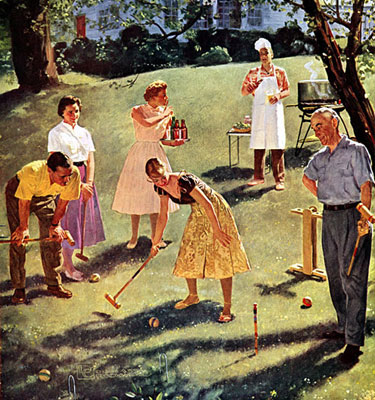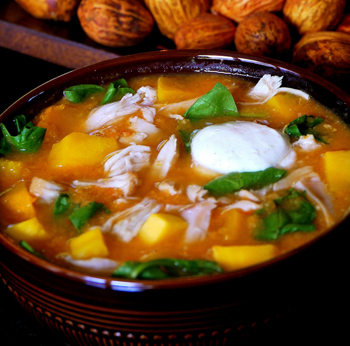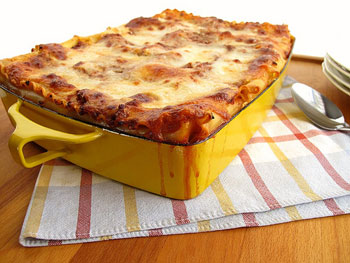
Casseroles make some of the most practical and delicious all-in-one
meals. When you have a dish like lasagna, you really don't need sides,
the lasagna takes all the attention. The thing that makes lasagna so
popular is its ability to bring joy to everyone who eats it. I've never
met a person who didn't like lasagna. It has to be all that cheese and
sauce melted together between layers and layers of pasta. Most people
would agree that lasagna is Italy's answer to comfort food. Not to
mention it's practically a sanctified Italian-American specialty.

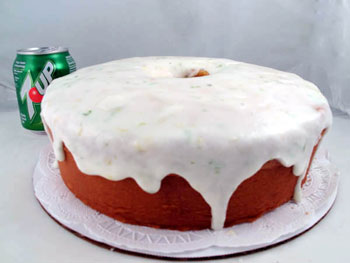 Years ago, when I was living on Beacon Street in Boston’s Back Bay, I was invited to a rooftop barbecue by my neighbor. Everyone was bringing something, so I thought a pound cake with fresh strawberries would be nice. It was a great party, and the host, who was raised in North Carolina, prepared an elaborate feast of primarily Southern Cuisine – ribs, chicken, baked beans, succotash, corn bread, etc.
Years ago, when I was living on Beacon Street in Boston’s Back Bay, I was invited to a rooftop barbecue by my neighbor. Everyone was bringing something, so I thought a pound cake with fresh strawberries would be nice. It was a great party, and the host, who was raised in North Carolina, prepared an elaborate feast of primarily Southern Cuisine – ribs, chicken, baked beans, succotash, corn bread, etc.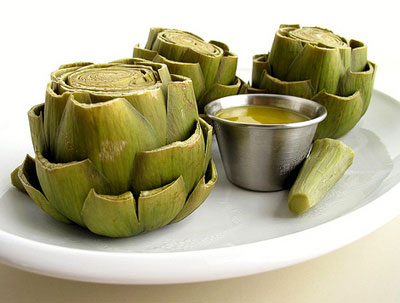 Most people look at an artichoke and think: "What do I do with this?"
But artichokes only look intimidating, they're actually easy to prepare
once you know how. Originally from the Mediterranean, artichokes have a
history that dates back to Roman times. There are countless cultivated
varieties, especially in Italy, where artichokes are enjoyed in many
different preparations including raw salads, stuffed and baked, steamed,
grilled, etc. In the States we have just two varieties: the large globe
and small baby. The simplest way to prepare artichokes is steaming. Not
only is it easy to do, the method also retains the subtle flavors that
make artichokes so revered.
Most people look at an artichoke and think: "What do I do with this?"
But artichokes only look intimidating, they're actually easy to prepare
once you know how. Originally from the Mediterranean, artichokes have a
history that dates back to Roman times. There are countless cultivated
varieties, especially in Italy, where artichokes are enjoyed in many
different preparations including raw salads, stuffed and baked, steamed,
grilled, etc. In the States we have just two varieties: the large globe
and small baby. The simplest way to prepare artichokes is steaming. Not
only is it easy to do, the method also retains the subtle flavors that
make artichokes so revered.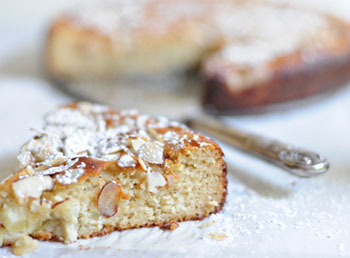 Slowly, we are all starting to lead a gluten free life. Finding snacks and savories, without gluten is a conscious effort. And, it’s really not that hard. Gluten free pretzels dipped in
Slowly, we are all starting to lead a gluten free life. Finding snacks and savories, without gluten is a conscious effort. And, it’s really not that hard. Gluten free pretzels dipped in 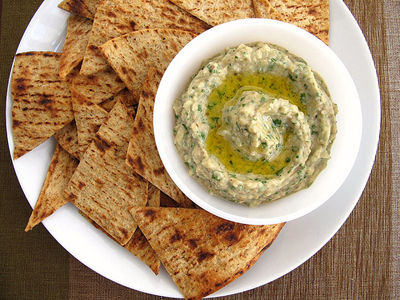 During the heat of summer I'm always looking for foods that are light, refreshing, and ultimately cool. I never crave hot foods in summer—and who does? The best cuisine for staying cool under the sun has always been Mediterranean. These foods, especially the dips and spreads, never make you feel like you've been weighed down. Many vegetables make a delicious dip, but eggplant dip is particularly popular in the region and beyond.
During the heat of summer I'm always looking for foods that are light, refreshing, and ultimately cool. I never crave hot foods in summer—and who does? The best cuisine for staying cool under the sun has always been Mediterranean. These foods, especially the dips and spreads, never make you feel like you've been weighed down. Many vegetables make a delicious dip, but eggplant dip is particularly popular in the region and beyond.